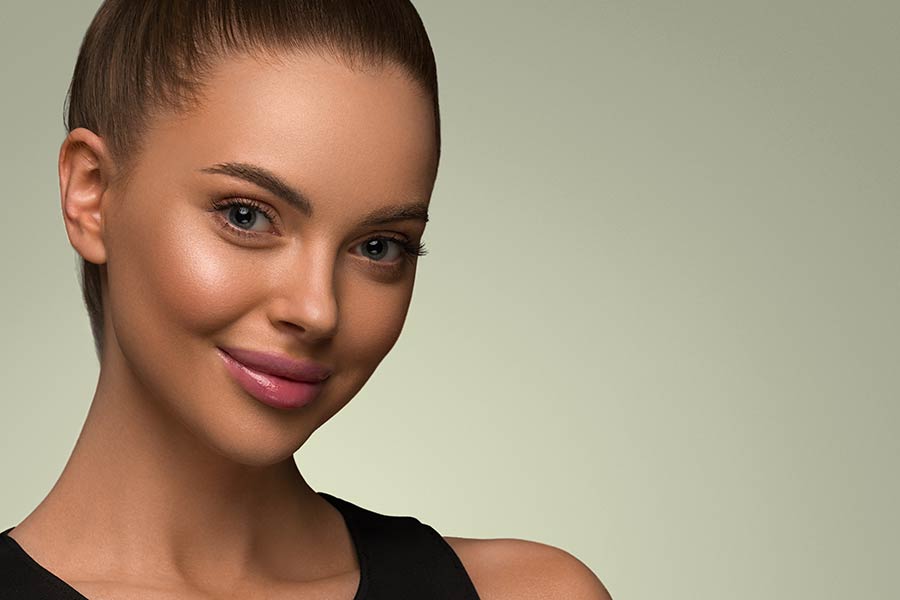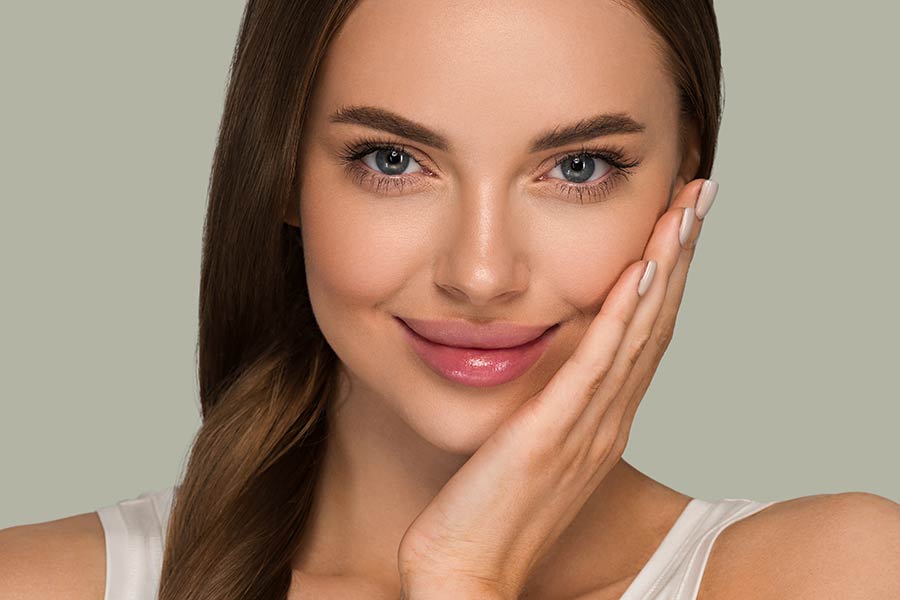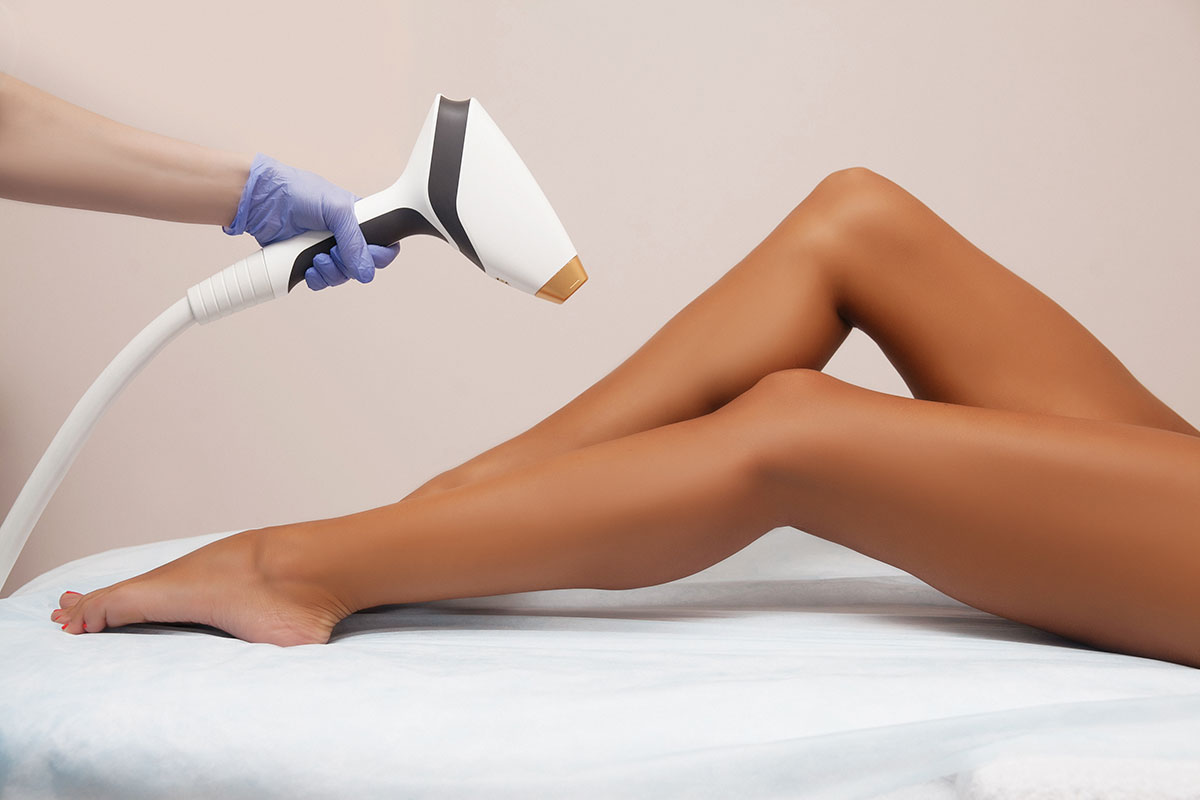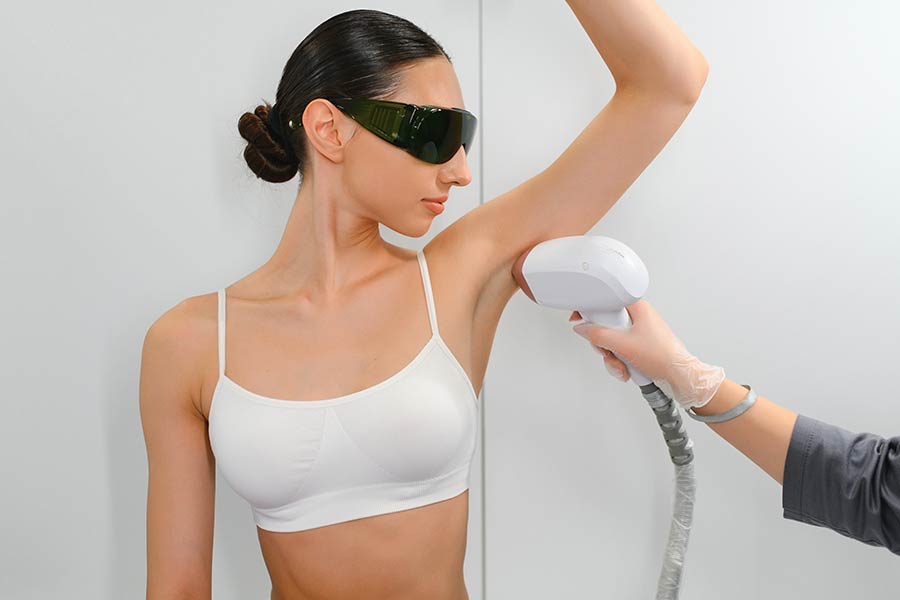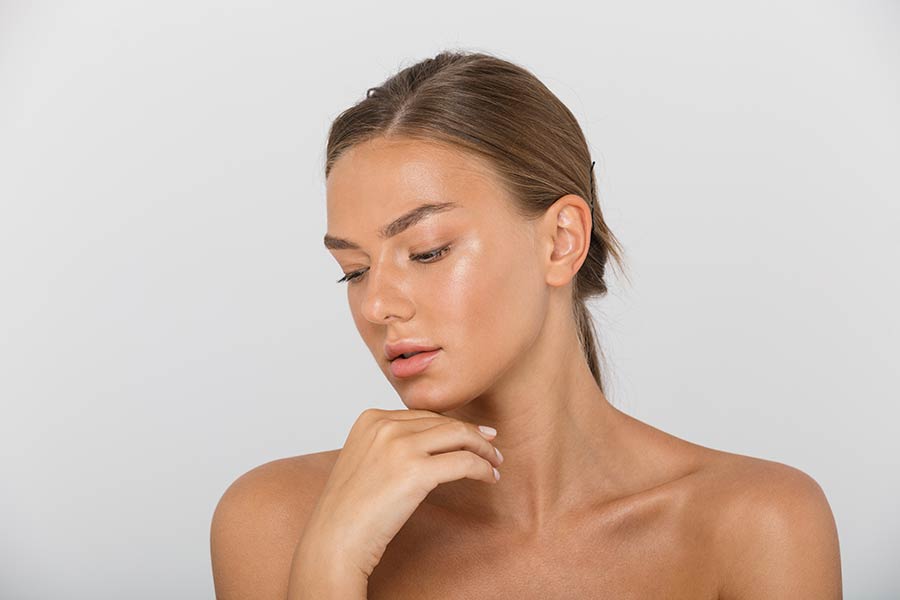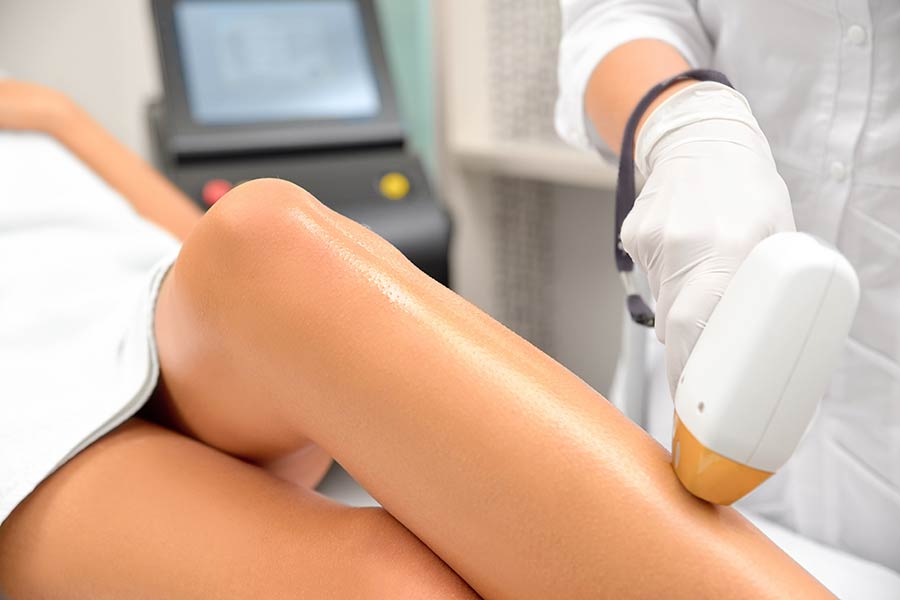When it comes to enhancing your look, the cost of dermal fillers near you might seem like a murky sea of varying prices and promises. On one hand, there's the allure of instant results and minimal downtime; on the other, the fear of overpaying or ending up with less than stellar outcomes looms large. This blog post aims to demystify the process, offering clear insights into what factors influence the cost of dermal fillers, how to find a reputable provider, and what to expect in terms of financial commitment. We're cutting through the noise to bring you straightforward advice, ensuring you can make an informed decision about whether dermal fillers are right for you without breaking the bank.
Key Takeaways
- Dermal fillers can enhance your appearance, but costs vary widely based on factors like type, location, and professional expertise.
- To find the best prices near you, research local clinics and ask for detailed quotes that include all associated fees.
- The average cost of dermal fillers is influenced by the type of filler used, the amount needed, and the practitioner's experience.
- Choosing a qualified and experienced professional is crucial for safety and the best results, even if it might cost more.
- Many clinics offer financing options or payment plans, making treatments more accessible without paying all at once.
- Always weigh the cost against the quality and safety of the procedure. Opting for the cheapest option can sometimes lead to unsatisfactory or unsafe outcomes.
Understanding Dermal Fillers
Types of Fillers
Dermal fillers come in various types, each designed to address specific concerns. Hyaluronic acid fillers are popular for their natural look and feel. They add volume and smooth out wrinkles. These fillers last from six months to a year.
Poly-L-lactic acid fillers target deeper facial wrinkles. They work by stimulating collagen production over time. Results can last up to two years.
Different fillers serve different purposes. Some restore volume loss in cheeks, while others focus on fine lines around the mouth. The longevity of results varies with the type of filler used.
Treatment Areas
Fillers aren't just for lips and cheeks. They also work wonders under the eyes, reducing dark circles and hollows.
But there's more. Fillers can enhance the jawline and rejuvenate hands, making them look younger. The choice of filler often depends on the area being treated.
For instance, softer fillers are ideal for delicate areas like under the eyes. More robust options might be chosen for jawline contouring.
Safety and Quality
Safety should never be compromised with dermal fillers. Only FDA-approved products guarantee peace of mind. These fillers have undergone rigorous testing for safety and effectiveness.
It's crucial to seek treatment from certified professionals. They know how to choose the right filler for your needs and ensure a safe application.
Risks exist with non-approved fillers or treatments from unqualified providers. Complications can range from minor issues to severe health problems.
Factors Influencing Cost
Type of Filler
The choice of filler plays a significant role in determining the overall cost. Some fillers are pricier due to their long-lasting effects and the materials they're made from. Hyaluronic acid fillers, for instance, might be more affordable but require more frequent touch-ups. In contrast, longer-lasting options like poly-L-lactic acid can be more expensive upfront but offer value over time.
Different skin types and concerns also dictate the suitable filler type. For example, thinner fillers are better for fine lines, while thicker ones are preferred for restoring volume. The duration of effects is crucial; some fillers last six months, others up to two years or more. This duration directly influences the cost-effectiveness of the treatment.
Provider Expertise
A provider's experience and qualifications significantly impact pricing. Specialists with advanced training in dermal fillers often charge more. However, their expertise can ensure a safer procedure with more satisfying results.
It's essential to check the provider's portfolio of before-and-after photos. These images showcase their skill and help set realistic expectations for your treatment outcome. Opting for a less experienced provider might save money initially but could lead to unsatisfactory results or complications that require correction.
Treatment Complexity
Complex treatments like full facial rejuvenation command higher prices than simpler procedures. The extent of work needed varies greatly among individuals, influencing the total cost. Simple touch-ups or focusing on a single area will naturally be less expensive.
The desired outcome's complexity also plays a part in pricing. Achieving subtle enhancements might cost less than dramatic transformations due to the amount of product and time required.
Geographic Location
Prices for dermal filler treatments can vary significantly by city and region. High demand and living costs in metropolitan areas often lead to higher prices. Conversely, smaller towns may offer more affordable rates.
e individuals consider traveling to find better deals on dermal filler treatments. However, it's vital to factor in travel expenses when calculating potential savings. Deciding between local convenience and exploring options elsewhere requires careful consideration of both costs and benefits.
Average Costs Overview
By Filler Type
The cost of dermal fillers can vary significantly depending on the type used. Popular options like Juvederm, Restylane, and Sculptra have average price ranges that reflect their demand and effectiveness. Juvederm and Restylane typically fall within the range of $600 to $1,000 per syringe, while Sculptra might be priced a bit higher, around $800 to $1,500 per vial.
e newer or premium fillers carry a higher price tag due to their advanced formulas designed to last longer or provide more natural-looking results. For instance, products with hyaluronic acid that promise a duration of 12 months or more might command higher prices.
Long-lasting fillers may offer better value over time despite their higher upfront costs. They reduce the need for frequent touch-ups, making them a cost-effective choice in the long run for many patients.
By Location
Dermal filler costs also differ by location. Major cities like New York or Los Angeles often have higher average prices than smaller towns due to the higher cost of living and operating expenses in these areas. Prices in major cities can range from $700 to $2,000 per syringe depending on the specific product and provider.
Regions known for high-quality cosmetic services, such as Beverly Hills or Miami, might also command a premium. However, these locations often host experienced professionals who can deliver superior results.
It's wise for individuals to research local market rates to set realistic budget expectations. This ensures they are prepared financially and helps in finding a reputable provider offering fair pricing within their region.
By Treatment Area
The treatment area plays a crucial role in determining the overall cost of dermal filler procedures. Larger areas or those requiring precision work, like the lips or under-eye area, generally cost more due to the skill needed and the amount of product used.
Combining multiple areas in one session could offer savings compared to treating each area separately. Providers may offer package deals or reduced rates for multiple treatments conducted during one visit.
Moreover, the difficulty of treating certain areas can affect pricing. For example, achieving a natural look in dynamic areas such as around the mouth may require advanced techniques and materials, leading to higher charges.
Finding Prices Locally
Consulting Multiple Clinics
To get a clear picture of dermal filler costs near you, it's wise to consult several clinics. This approach lets you compare not only prices but also the different techniques and products they offer. Remember, some clinics might have package deals or seasonal promotions that provide more value for your money.
However, choosing a clinic should not be based solely on price. The comfort and trust you feel with the provider are paramount. A slightly higher cost at a clinic where you feel understood and safe can be worth the extra expense.
Price Quotes Explained
When you receive a quote from a clinic, it typically includes the cost of the filler itself, the provider’s fee, and any facility charges. Initial consultations might be free or their cost could be applied towards your treatment, making them an excellent opportunity to ask questions without commitment.
It's crucial to ask for a detailed breakdown of costs. This ensures you understand exactly what you're paying for. Some patients are surprised by additional fees because they didn't realize what was included in their initial quote.
What's Included
Inclusions in the price can vary greatly between clinics but often cover follow-up visits or touch-up treatments if needed. These are important for achieving and maintaining your desired results. Some packages might also include aftercare products or services, enhancing your recovery process.
Always clarify what’s not included in the price to avoid unexpected expenses later on. Knowing what is covered can help you budget more accurately for your treatment.
Importance of Professional Selection
Qualifications Matter
Choosing a provider for dermal fillers is not just about the cost. It's crucial to consider their qualifications. Providers with higher qualifications often charge more. Yet, they ensure safe and effective treatment. Higher costs might reflect their expertise and the quality of results you can expect.
It's wise to verify a provider's certifications and training in cosmetic procedures. This step ensures they have the right skills for the job. Look for providers accredited by reputable organizations in aesthetics medicine.
Experience Counts
The experience of your provider plays a significant role in determining the cost of dermal fillers. Those with many years in the field usually have a higher pricing structure. They offer a higher level of customization and precision in their treatments.
When considering complex treatments, choose experience over cost. Experienced providers know how to handle different skin types and conditions effectively. They can tailor treatments to meet individual needs, leading to better outcomes.
Reviews and Recommendations
Before deciding on a provider, read online reviews and testimonials. These can give you an insight into patient satisfaction levels. High ratings and positive feedback are good indicators of a provider's reliability and skill.
Asking friends or family for recommendations is also helpful, especially if they've had similar treatments done. Personal experiences shared by people you trust can guide you toward skilled practitioners who deliver excellent results.
Financing Options
Medical Credit Cards
Medical credit cards provide a specific financing option for those seeking cosmetic treatments like dermal fillers. They work similarly to regular credit cards but are exclusively for medical expenses. Before applying, it's crucial to understand their terms. Interest rates and repayment periods can vary widely. Some offer interest-free periods if you pay off the balance within a certain timeframe.
Before deciding on this route, check if your chosen clinic accepts these cards. Not all do, which could limit your options.
HSAs and FSAs
Health Savings Accounts (HSAs) and Flexible Spending Accounts (FSAs) may not be the first funding sources that come to mind for cosmetic procedures. However, they can sometimes cover treatments like dermal fillers, especially if deemed medically necessary. It's important to verify eligibility since rules can be strict.
Consulting with an accountant or financial advisor is wise. They can explain any tax implications and help you make the most of these accounts.
Payment Plans
Many clinics understand that the cost of dermal fillers can be a significant outlay for their patients. As a result, they might offer payment plans. These plans allow you to spread the cost over time, making treatment more accessible. However, it's vital to grasp all terms before agreeing. Some plans include interest or additional fees that can add up.
Comparing these plans against other financing methods is smart. It ensures you find the best deal that suits your financial situation.
Weighing Cost Against Quality
Long-term Value
Investing in high-quality dermal fillers and experienced providers pays off. It's not just about the immediate look. High-quality fillers tend to last longer, meaning you won't need touch-ups as often. This can save money and time in the long run.
Choosing the right type of filler is crucial too. Some fillers are designed to last longer than others. For example, hyaluronic acid fillers might need refreshing after 6 to 12 months, while other types could last up to two years or more. This choice impacts long-term value significantly.
Safety First
Safety should always come before cost savings with dermal fillers. The risks of opting for cheaper, less reputable services can include infection, incorrect placement, or even allergic reactions. These complications can lead to higher costs down the line, not just financially but also for your health.
It's essential to choose a provider who has an emergency plan in case of adverse reactions. They should be able to quickly address any issues that arise post-treatment. Remember, saving a few dollars upfront could cost much more if complications occur.
Maintenance Costs
Dermal filler maintenance varies depending on the type of filler used and how your body responds to it. Some people may see their results last longer than others, affecting how often they need touch-ups.
Budgeting for future treatments is wise if you want to maintain your results over time. While some fillers have higher initial costs because they last longer, they might offer better value since you'll need fewer appointments overall.
Tips for Making Informed Decisions
Consultations Are Key
Consultations before getting dermal fillers are crucial. They help you discuss your goals, options, and how much it all might cost. During these meetings, experts offer advice that fits just right for you. It's smart to come with questions ready. This way, you get the most out of your time together.
A good consultation can clear up a lot. It shows what results you might expect and how your unique needs affect choices. Always remember, this step is about making sure you and your provider are on the same page.
Comparing Options
It's not just about finding the lowest price for dermal fillers near you. The quality of both the service and product matters a lot too. Think about how paying a bit more now might mean better results that last longer. Happy customers often say it was worth it in the end.
During consultations, try to gauge each provider's skill and way of doing things. This comparison can tell you a lot about what to expect from different clinics or doctors. Remember, the best choice often balances cost with quality and experience.
Asking the Right Questions
When meeting with providers, ask them about their experience with different fillers and areas of treatment. It’s important to know they’ve done this many times before. Also, learn about any risks or side effects that could happen. Knowing what recovery may look like helps you plan ahead.
Questions should also cover aftercare support or follow-up visits if needed. Good care doesn’t stop when the procedure does; it continues until you’re fully happy with the outcome.
By focusing on these areas:
- Expertise in specific treatments
- Understanding of risks and recovery
- Commitment to aftercare
You'll feel more confident in your decision-making process.
Closing Thoughts
Diving into the world of dermal fillers opens up a realm of possibilities for enhancing your look, but it's clear the cost can vary widely. You've seen how factors like location, expertise, and filler type play huge roles in pricing. Keeping quality in mind over cost can ensure you get the best value and results. Making an informed decision means weighing all these aspects carefully. Trusting a professional not only safeguards your health but also ensures your satisfaction with the outcome. Remember, investing in yourself is never a waste. Now, armed with tips and knowledge about financing options, you're better prepared to make a choice that fits both your budget and beauty goals. Don't let price tags deter you; explore your options and take the next step towards feeling confident in your skin.
Ready to find the perfect provider for your dermal fillers? Start searching locally and take control of your beauty journey today.
Frequently Asked Questions
What are dermal fillers?
Dermal fillers are injectable treatments used to smooth lines, enhance facial contours, and restore volume. They're made from various substances, including hyaluronic acid.
How much do dermal fillers cost on average?
The cost varies widely based on the type of filler and location but typically ranges between $600 and $1,000 per syringe.
What factors affect the cost of dermal fillers?
Several factors influence the price, including the type of filler used, the amount needed, the provider's experience, and the geographical location of the clinic.
How can I find dermal filler prices near me?
Research local clinics online or consult with a dermatologist to get accurate pricing in your area. Many clinics list their prices online or offer free consultations.
Why is choosing a professional for dermal fillers important?
Selecting a qualified and experienced professional ensures safe application and natural-looking results. It minimizes risks associated with the procedure.
Are there financing options available for dermal fillers?
Yes, many clinics offer financing plans or accept credit cards, making it easier to manage the cost over time.
Should I prioritize cost or quality for dermal fillers?
Quality should always come first. Opting for a cheaper option might compromise safety and results. Invest in a reputable provider to ensure optimal outcomes.



